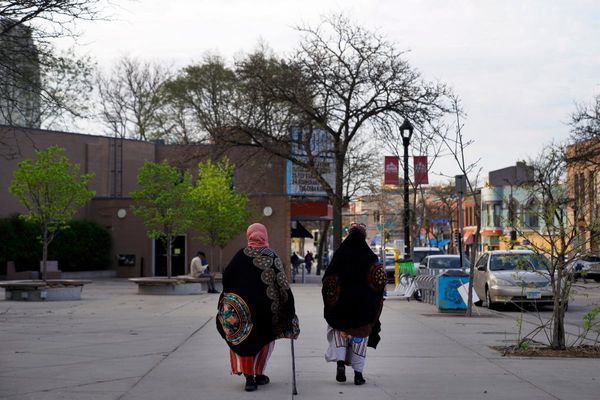
Salmon is among the healthiest types of fish to add to your weekly dinner rotation — it’s a great source of Omega-3, an essential fat that 68% of U.S. adults don’t consume enough of.
It’s also one of the top seafood choices in American diets. According to the National Oceanic and Atmospheric Administration, the U.S. produces more than 32 million pounds of farmed-raised Atlantic salmon annually.
Here’s your definitive guide to throwing a salmon fillet in the oven, including safe temperatures, seasonings and techniques.
How long to bake salmon
According to U.S. Food Safety guidelines, salmon should be cooked to an internal temperature of 145 degrees, or until the flesh does not appear translucent and can be easily separated with a fork.

Using a food thermometer is the best way to ensure your salmon is thoroughly cooked.
Here’s how long to cook your salmon based on oven temperature, according to the Alaskan Salmon Company:
- 350 degrees: 12-15 minutes per inch of thickness
- 375 degrees: 10-12 minutes per inch of thickness
- 400 degrees: 8-10 minutes per inch of thickness
- 425 degrees: 6–8 minutes per inch of thickness
- 450 degrees: 5-7 minutes per inch of thickness
How to bake salmon
Overcooking is the downfall of any baked salmon. Using a food thermometer and monitoring the temperature of the fish can help prevent this, but there are a few other things to keep in mind.
First, you’ll want to set your oven to the desired temperature — a lower temperature, like 375 degrees, is recommended because it helps the salmon cook evenly. Cover the salmon in a bit of oil and the seasonings of your choice and place it skin-side down on a baking sheet.
Next, watch the color as it turns light pink and the fish goes from translucent to opaque. Using a timer, a thermometer and your own eyes guarantees a perfectly cooked salmon.
You can also pull the salmon out a few minutes before it’s done (around 120 degrees or so, according to Bon Appetit) and let it rest for 5-10 minutes. The leftover heat will continue to cook the salmon and prevent overcooked, dry fish.
Another method is to try the “flake test” by using your fork to gently press against the fish. If the salmon separates into “flakes” smoothly and without much resistance, your fish is done.
How to season salmon
Salmon is pretty versatile — you can go for a sweet, savory or even citrusy flavor with your seasonings. In addition to salt and pepper, try an orange marmalade glaze. Also: parsley, sage, thyme, rosemary and lemon are a few spices/citrus fruits to consider.
You can season your fish right before cooking, or try a salt brining method by leaving salted salmon to rest in the fridge overnight.
Read more at usatoday.com







